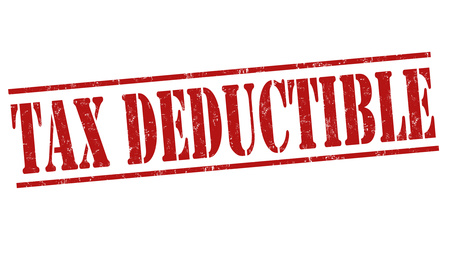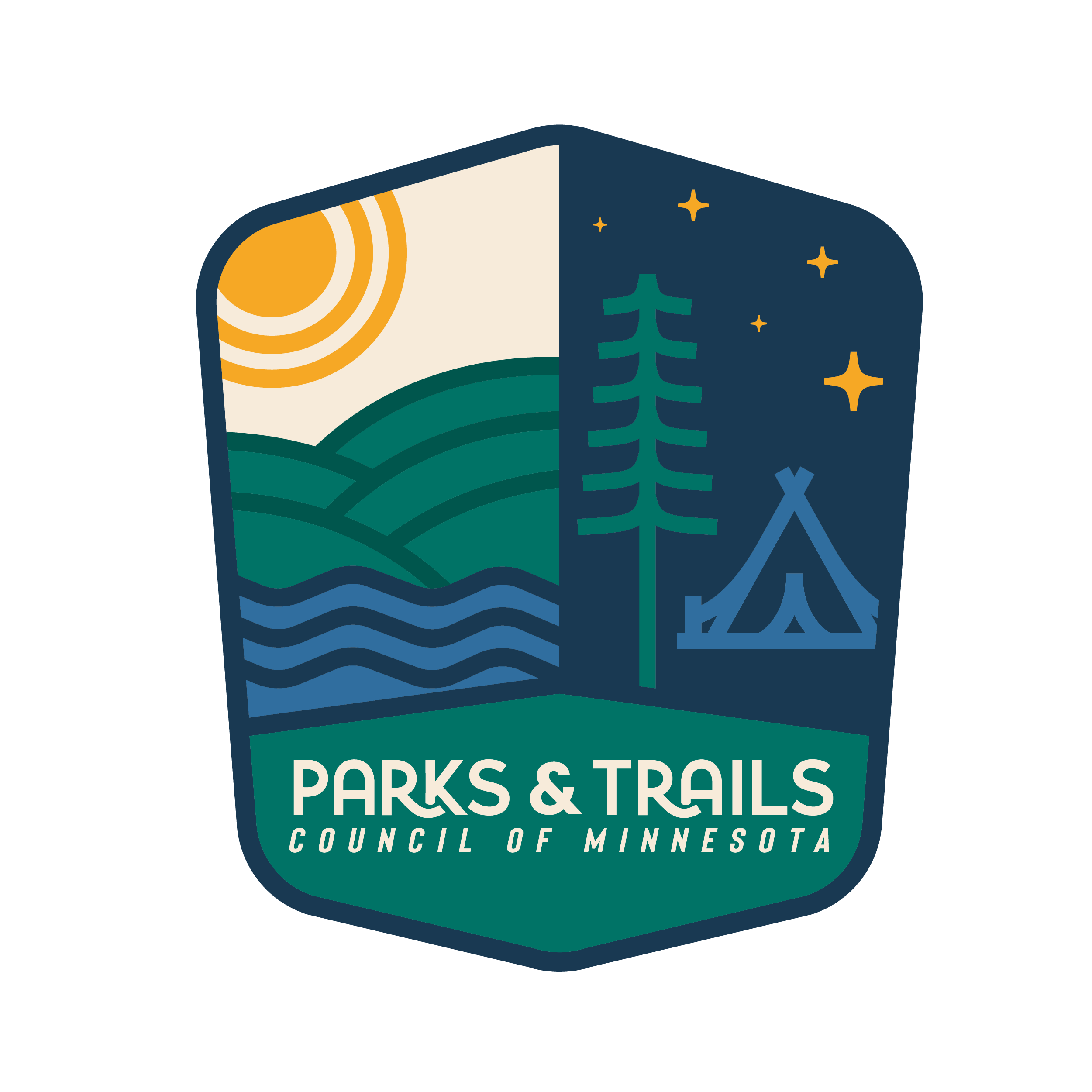
Fundraising Resources
What types of support are there?
Support for your Friends Group comes in a variety of ways. See the list below for ideas on what types of support your group may seek.
Grants
Grant funding can be a very helpful source of income for a Friends Group. If possible, it is beneficial to ask for grants that support your general fund, rather than a specific project (see more about this under “Restricted Funds”). Grant money may be distributed to the recipient up front or as a reimbursement.
Where to find this support:
Community Groups
Government Entities
Foundations
P&TC Grant Program for Friends Groups
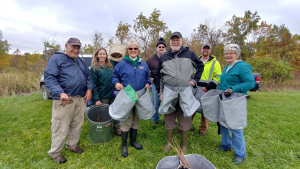 Parks & Trails Council recognizes that projects implemented by Friends Groups have a huge impact on parks and trails. P&TC administers a grant program to invest in on-the-ground activities happening in parks and trails across the state.
Parks & Trails Council recognizes that projects implemented by Friends Groups have a huge impact on parks and trails. P&TC administers a grant program to invest in on-the-ground activities happening in parks and trails across the state.
Cash Donations
Donations by cash, check, or credit card can be used to cover any expenses. Cash donations usually come from group members, community members, families, etc.
Where to find this support:
Individuals
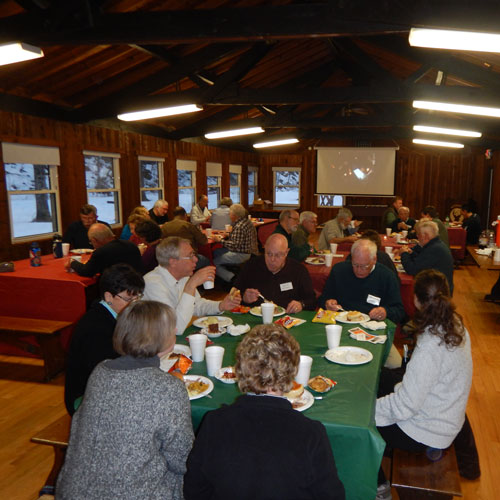
In-Kind Donations
These are non-cash donations—usually goods or services. Examples include food and beverages for an event, silent auction items, website development, shovels and gloves for a service project, etc. In-kind donations can come from local businesses or big companies.
Where to find this support:
Businesses
Individuals
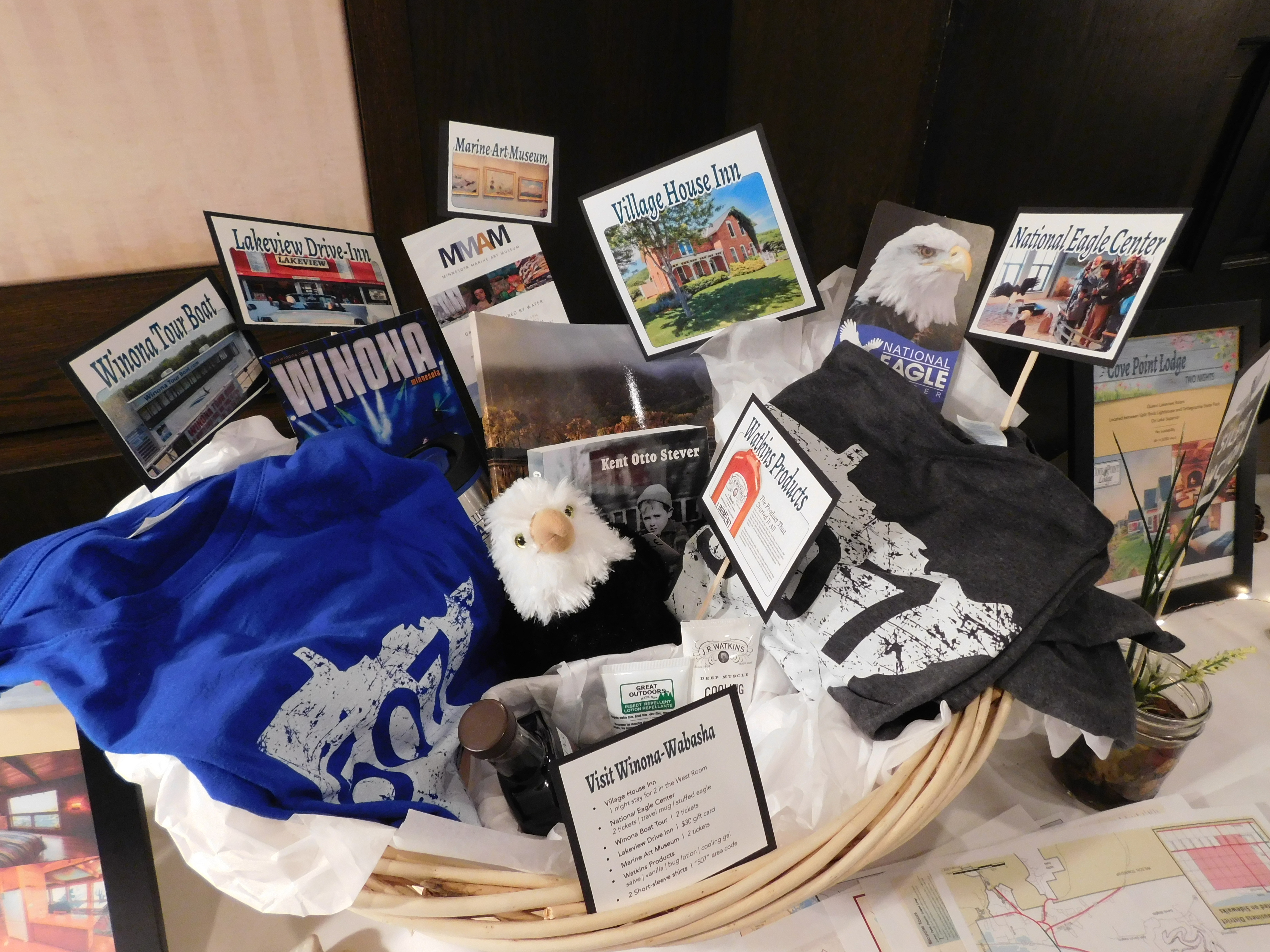
Matching Funds
Some grants require a budgetary percentage match from additional sources, to show there is local investment in the project. Additionally, some workplaces will match donations their employees make to an organization, and other companies may sponsor a challenge match for all new memberships to a Friends Group in a given period of time.
Where to find this support:
Community Groups
Foundations
Government Entities
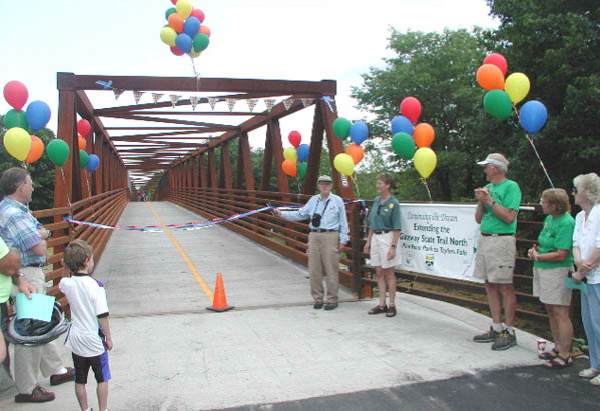
Membership Dues
An annual membership fee of $5-$35 is a great way to obtain ongoing income to support everyday expenses. Some groups have different contribution levels that each come with their own perks.
Where to find this support:
Businesses
Community Groups
Individuals
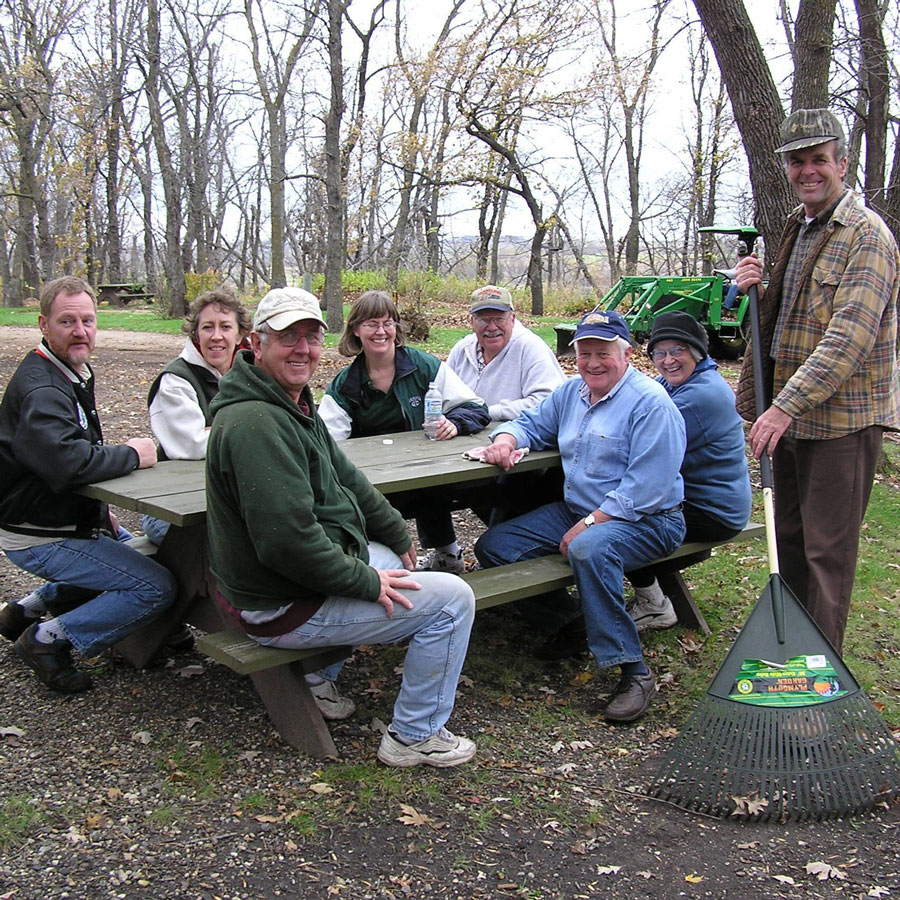
Restricted Funds
Individuals or companies may donate money to be used for a specific purpose only. This can happen with projects like a land acquisition, capital construction project, etc. But before choosing to ask for restricted donations or grants, it is necessary to consider the limitations.
It is understandable that donors and foundations like to fund specific projects with measurable, concrete outcomes. Putting a tangible project at the center of a grant application can make the ask more compelling. However, donor restrictions, and the state laws and accounting standards that protect them, translate to more time and energy devoted to paperwork and financial tracking that is separate from what you are already tracking for your general fund. Also, unforeseen circumstances may prevent the intended project from happening, which means the money would need to be returned to the donor. Unless your group has the capacity, this type of administrative burden might take away from the precious resources individuals in your group need to help fulfill the group’s mission.
So, how do you make your request compelling without unwittingly asking for a restricted donation? Highlight your group’s mission and flesh it out with the projects you are doing or dreaming about, then specifically ask for funding for your general fund, which will enable you to make your projects a reality.
If you’d like to learn more about restricted donations and what to do if a donor gives an unsolicited restricted donation, read this helpful article at the Foundation Group website.
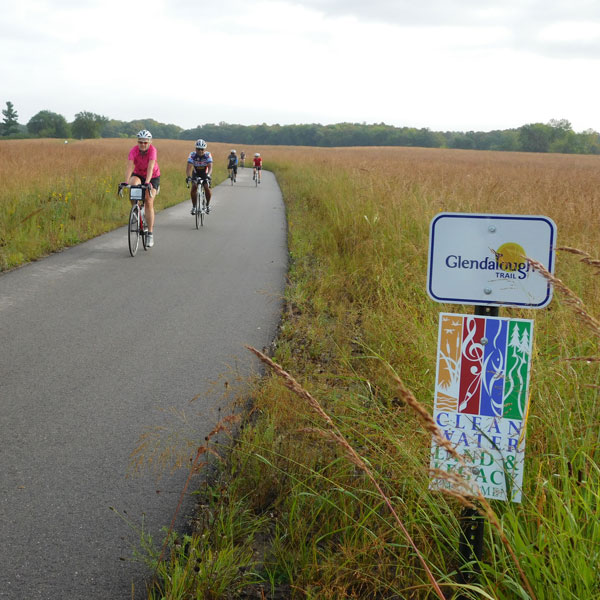
Where to find this support:
Businesses
Community Groups
Foundations
Government Entities
Individuals
Sponsorship
Businesses may sponsor an event by providing money in exchange for logo and announcement recognition at an event. A business may sponsor something like printing t-shirts for the group, as long as their logo is included on the shirt too.
Where to find this support:
Businesses
Community Groups
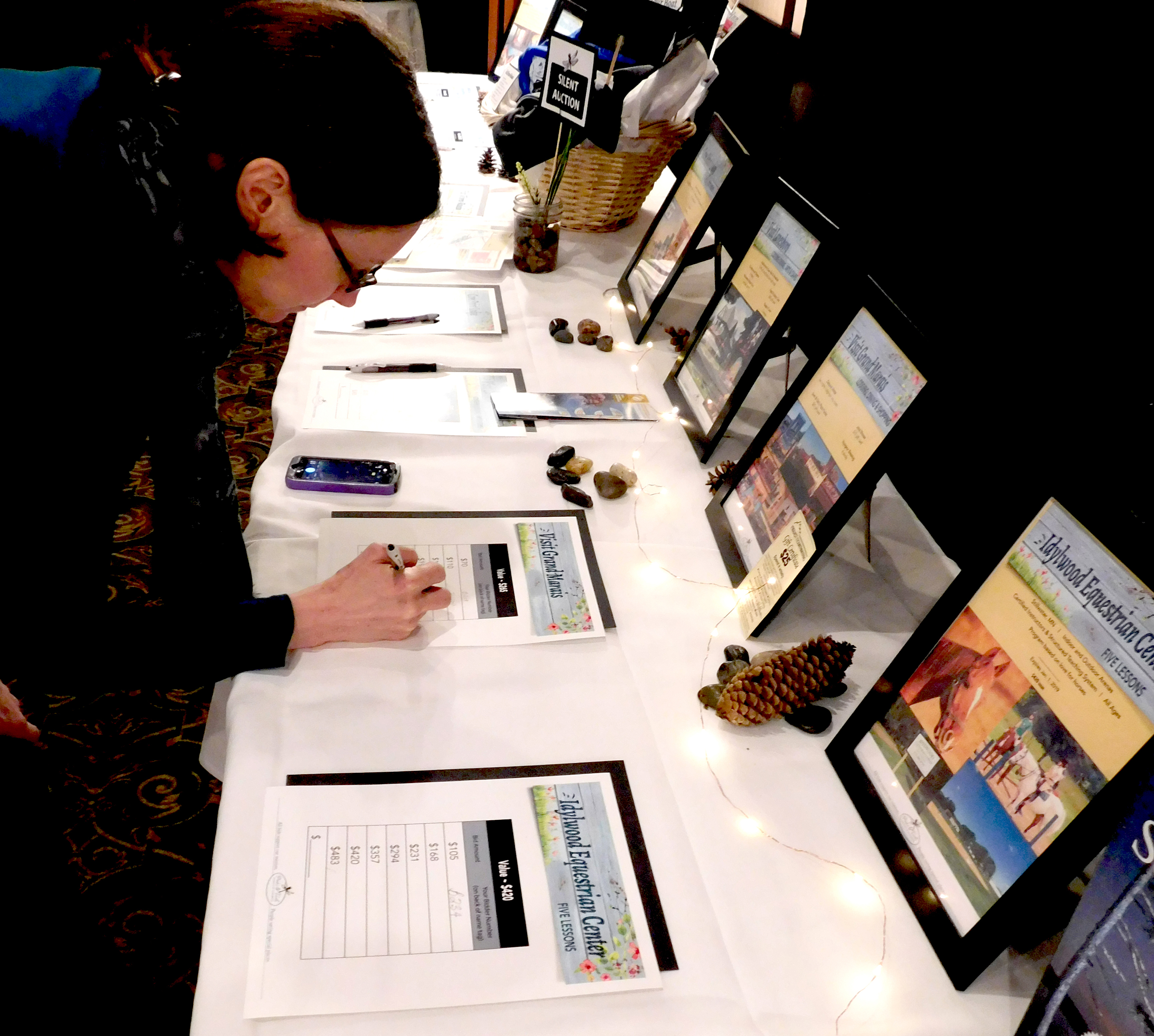
Volunteer Time
Time is money, and people that volunteer their time and skills contribute an enormous amount of support.
Where to find this support:
Businesses
Community Groups
Individuals
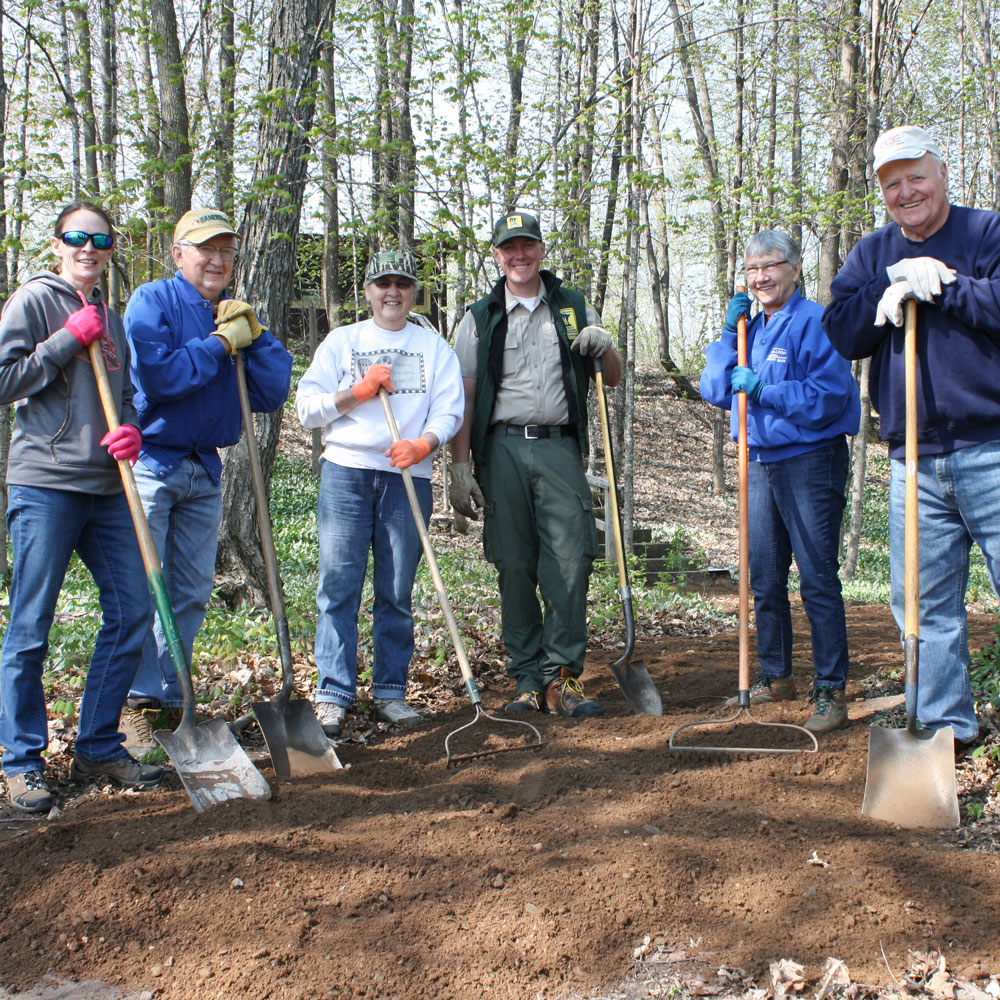
Fundraising Tips & Best Practices
While creating a fundraising plan, consider the following strategies to help make the process go smoothly and ensure your group is bringing in the support!
Create a Budget
An important step in creating a fundraising plan is identifying what your group’s financial needs are. Consider the following types of costs.
Ongoing Expenses
- Website domain name
- Newsletter printing & mailing
- Meeting refreshments
- Bird seed
Special Events
- Marketing materials
- Permits
- Supplies for activities
- T-shirts
- Food and beverages
Special Projects
- New benches along a trail
- Play equipment for a park
- Land acquisition
- Historic building restoration
- New trees for planting
Utilizing these anticipated expenses, create an annual budget, broken down by month, to get a picture of typical monthly expenses and times of the year where you may incur more expenses. Big projects or events may warrant their own, separate budgets.
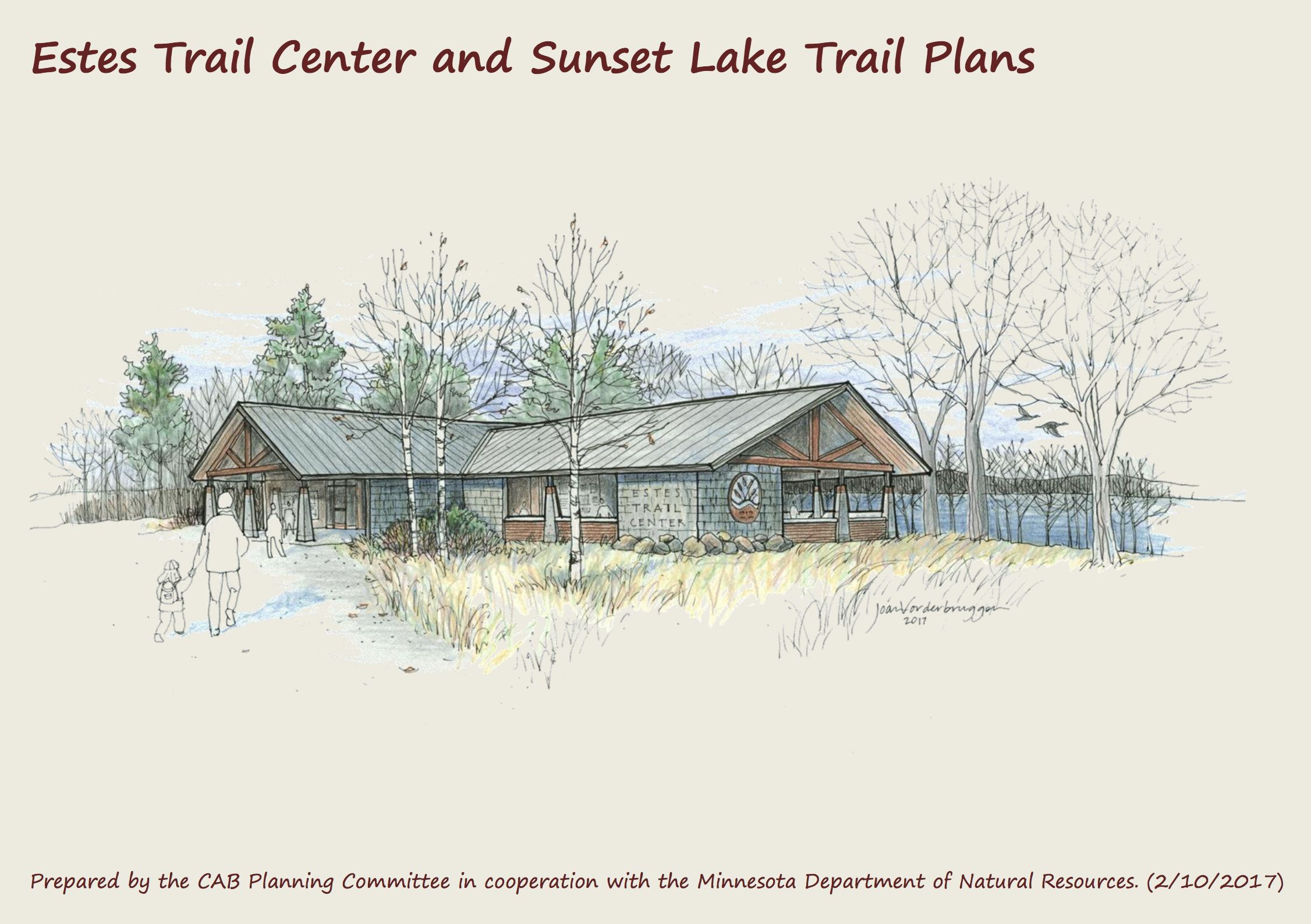
Delegate Responsibility
Have different board members, volunteers, or committees take charge of a specific portion of fundraising. For example:
- Planning an event
- Filling out a grant application
- Creating a draft budget
- Brainstorming new fundraising ideas
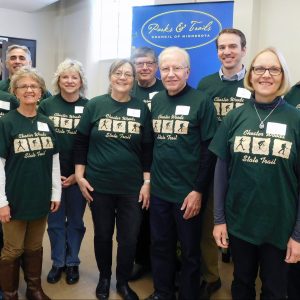
Make it Relatable
Create a funding spectrum that highlights what each dollar amount enables your group to do. For example:
- $10 plants one new tree along the trail
- $50 covers postage for one newsletter mailing
- $250 brings a class of students on a field trip to the park
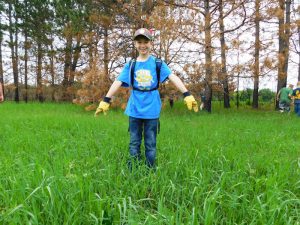
Establish Contribution Sizes
Break down your donations into size categories—small, medium, and large. It is important to focus energy on obtaining contributions from each size category, which will help your group maintain a resilient funding base.
Repeat Success
If events you’ve hosted or strategies you’ve implemented have proven successful, use them again! For example:
- Host an annual 5k run
- Do a spring and fall membership drive
- Give SWAG to new members
Make procedures and systemize the process so that it gets easier to facilitate each time.
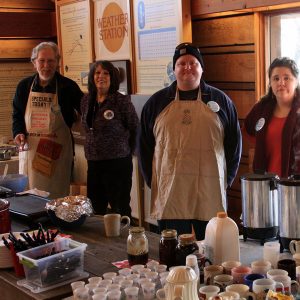
Recognize Donors
Establish how you will thank your donors. For example:
- Mention them in the newsletter
- List them on the website
- Have a special donor appreciation event
- Acknowledge them at the annual meeting
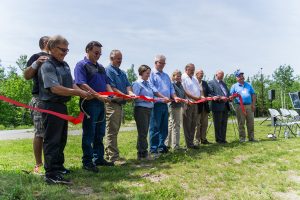
Tax Deductible Donations
Donations to your group are only tax deductible if your organization has 501(c)(3) status with the Internal Revenue Service and is a Minnesota nonprofit corporation. Some groups attain both of these designations, which require a bit of time, effort, and commitment.
Alternatively, the Parks & Trails Council of Minnesota offers a Fiscal Sponsorship program that enables a Friends Group to become a Fiscal Client under the nonprofit umbrella of Parks & Trails Council. This means, P&TC assumes responsibilities of funds dedicated to your Friends Group, and your group can accept tax deductible donations. See the Fiscal Client Partners page for more details.
